The Liquid Cooling System Market is currently characterized by a dynamic competitive landscape, driven by the increasing demand for efficient thermal management solutions across various sectors, including gaming, data centers, and high-performance computing. Key players such as Asetek (DK), CoolIT Systems (CA), and Corsair (US) are strategically positioning themselves through innovation and partnerships. Asetek, for instance, focuses on developing advanced liquid cooling technologies that cater to both consumer and enterprise markets, while CoolIT Systems emphasizes its commitment to sustainability and energy efficiency in its product offerings. Corsair, on the other hand, leverages its strong brand presence in the gaming community to drive adoption of its liquid cooling solutions, thereby shaping a competitive environment that prioritizes performance and user experience.
In terms of business tactics, companies are increasingly localizing manufacturing to reduce lead times and enhance supply chain resilience. This approach appears to be particularly relevant in the context of global supply chain disruptions. The market structure is moderately fragmented, with several players vying for market share, yet the collective influence of major companies like Asetek and Corsair is significant, as they set benchmarks for innovation and quality.
In August 2025, Asetek (DK) announced a strategic partnership with a leading gaming hardware manufacturer to co-develop a new line of liquid cooling solutions tailored for high-performance gaming rigs. This collaboration is likely to enhance Asetek's market penetration and solidify its reputation as a leader in gaming cooling technology. The partnership not only aligns with current consumer trends favoring customized gaming experiences but also positions Asetek to leverage the partner's distribution channels for broader reach.
In September 2025, CoolIT Systems (CA) launched a new product line that integrates AI-driven monitoring systems to optimize cooling performance in real-time. This innovation is indicative of a broader trend towards smart technology in cooling solutions, suggesting that CoolIT is keen on addressing the growing demand for intelligent thermal management in data centers. The integration of AI could potentially lead to significant energy savings and improved operational efficiency, thereby enhancing CoolIT's competitive edge.
In July 2025, Corsair (US) expanded its product portfolio by introducing a modular liquid cooling system that allows users to customize their cooling setups. This move reflects Corsair's understanding of the evolving preferences of gamers and PC builders who seek personalization in their hardware. By offering modularity, Corsair not only differentiates itself from competitors but also taps into the DIY market, which is increasingly popular among tech enthusiasts.
As of October 2025, the Liquid Cooling System Market is witnessing trends that emphasize digitalization, sustainability, and the integration of advanced technologies such as AI. Strategic alliances are becoming more prevalent, as companies recognize the value of collaboration in enhancing product offerings and market reach. Looking ahead, competitive differentiation is likely to evolve from traditional price-based competition to a focus on innovation, technological advancements, and supply chain reliability, as companies strive to meet the demands of a rapidly changing market.


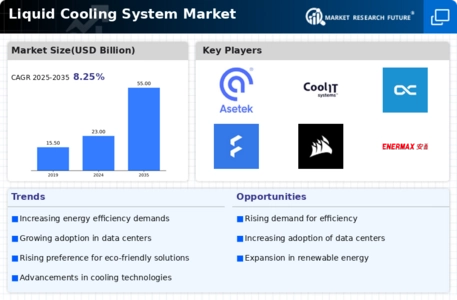
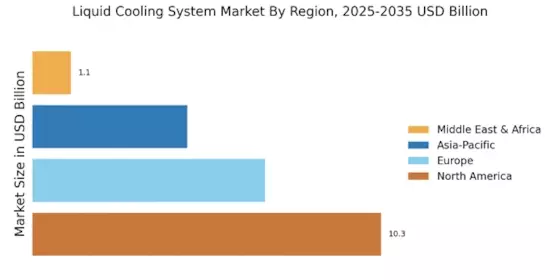
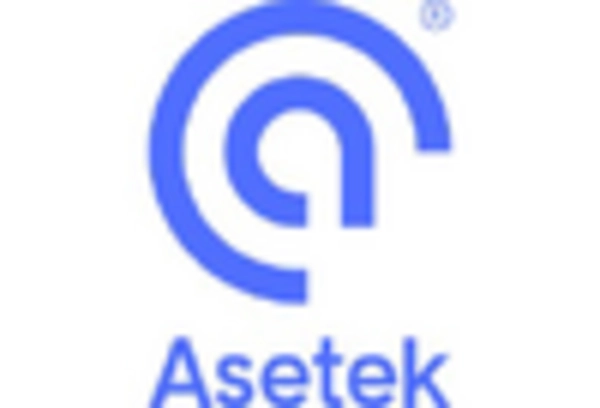
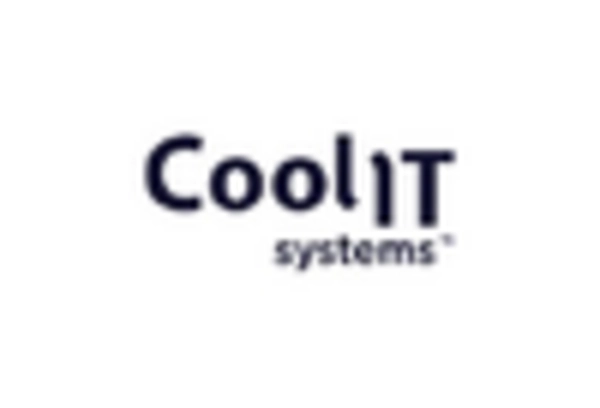
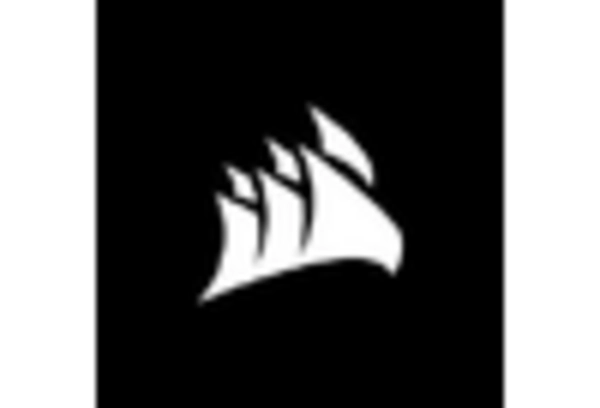


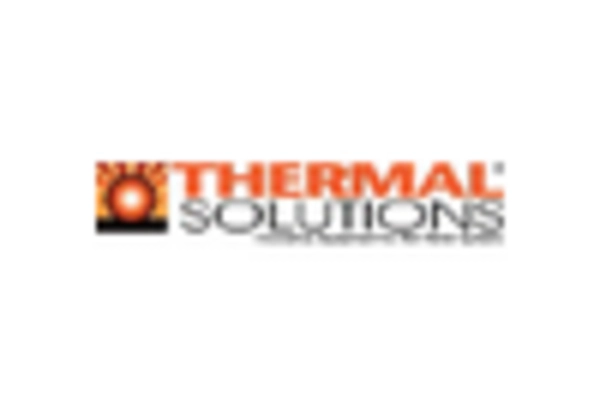








Leave a Comment